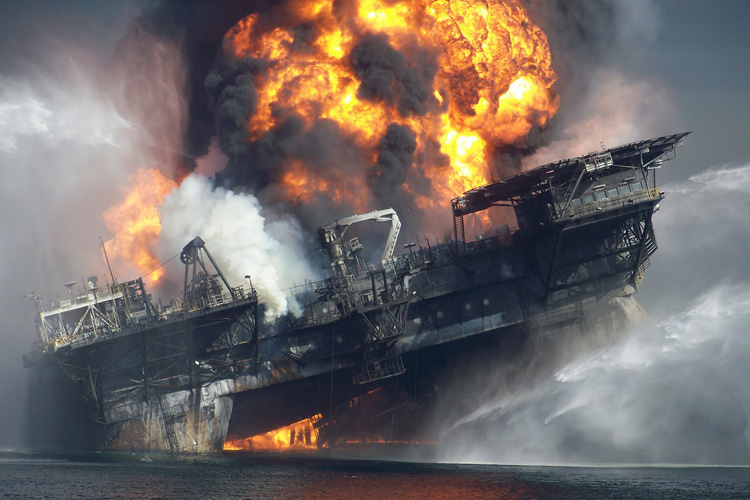BP has agreed to pay $18.7 billion to the US government and five states to turn the page on one of the worst oil spill disasters of all time.
The supermajor oil and gas company had already paid $43.8 billion for criminal and civil penalties and cleanup costs. On April 20, 2010, an offshore explosion at the Deepwater Horizon killed 11 workers and spewed millions of barrels of oil into the Pacific Ocean.
In the next 18 years, BP will pay $12.8 billion for Clean Water Act fines and natural resource damages, plus $4.9 billion to states. It's the largest corporate settlement in the history of the USA.
The agreement to end all Deepwater Horizon oil spill claims will mostly compensate Louisiana, Mississippi, Alabama, Texas and Florida for the environmental, social and economic damages.
"This is a realistic outcome which provides clarity and certainty for all parties. For BP, this agreement will resolve the largest liabilities remaining from the tragic accident and enable BP to focus on safely delivering the energy the world needs," said Bob Dudley, CEO at BP.
"For the United States and the Gulf, in particular, this agreement will deliver a significant income stream over many years for further restoration of natural resources and for losses related to the spill."
The total discharge of the Deepwater Horizon tragedy is of 4.9 million barrels of oil. The well was totally sealed on 19 September 2010, five months after the explosion.
